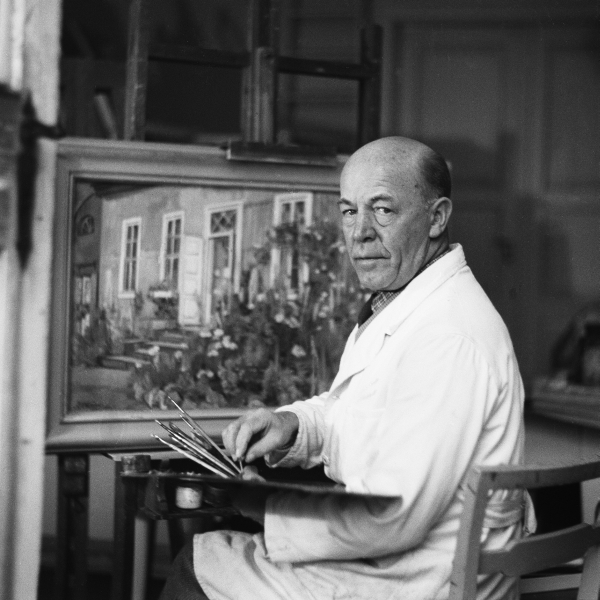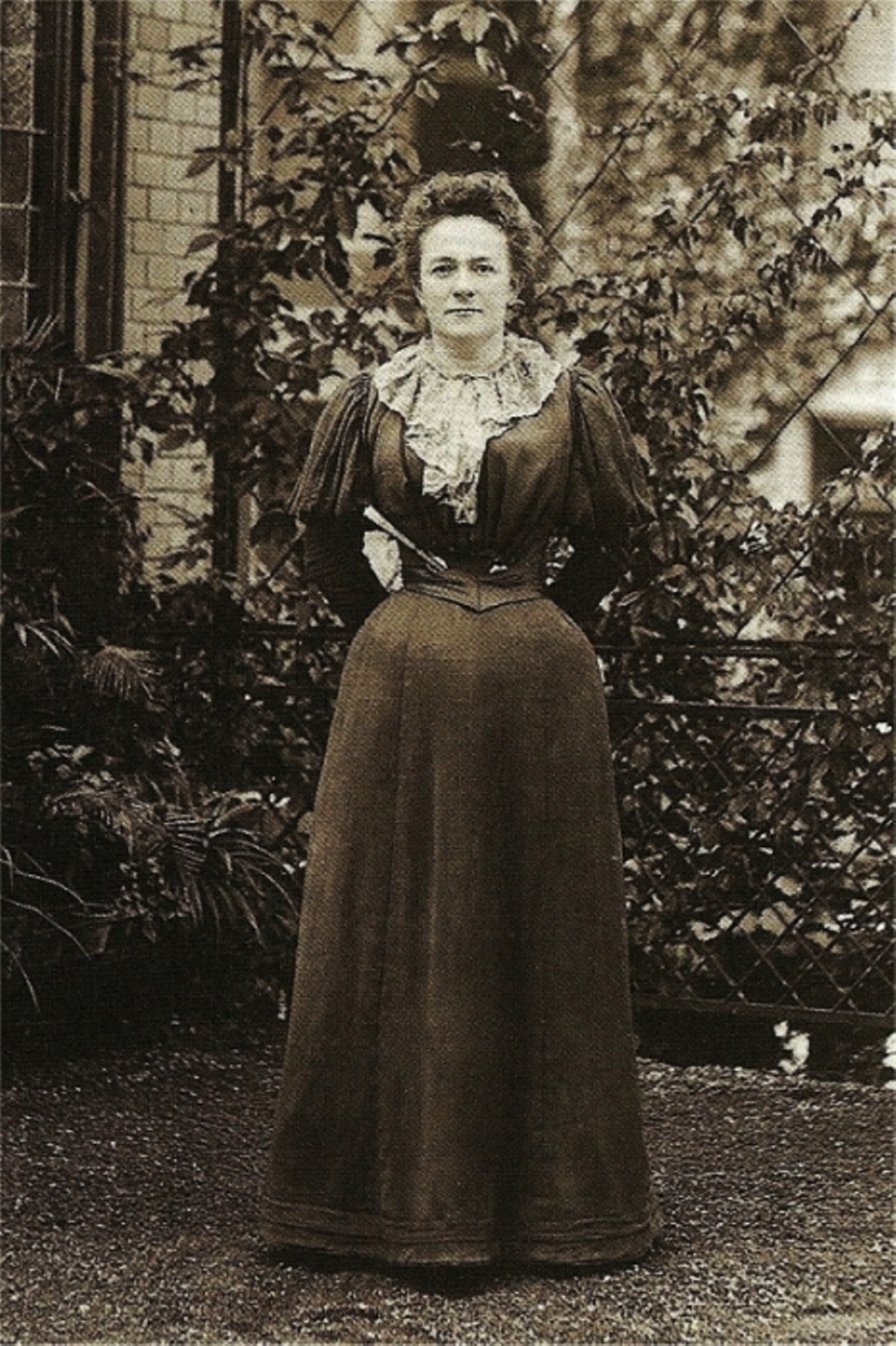|
Wildeck Castle
Wildeck Castle or Wildeck Palace (german: Schloss Wildeck) is an old hunting lodge in Zschopau in Saxony. It stands on a rocky spur above the River Zschopau. Site The site today forms an irregular triangle, the narrow wing of the castle surrounding the courtyard, with its bergfried known as ''Dicker Heinrich'' or "Fat Henry", faces the River Zschopau; the side facing the town is sealed by a wall. The staircase tower A staircase tower or stair tower (german: Treppenturm, also ''Stiegenturm'' or ''Wendelstein'') is a tower-like wing of a building with a circular or polygonal plan that contains a stairwell, usually a helical staircase. History Only a few ex ... in the corner of two wings is called ''Schlanke Margarete'' or "Skinny Margaret". Literature * * Autorenkollektiv: ''Geschichte der Stadt Zschopau. Entstehung bis 1945.'' Zschopau, 1989. * Heinz Bauer: ''Die Zschopauer Burg. Probleme ihrer Datierung.'' In: ''Erzgebirgische Heimatblätter'' 15(1993)5, pp. 6–9, ... [...More Info...] [...Related Items...] OR: [Wikipedia] [Google] [Baidu] |
Zschopau - Castle Wildeck - View From South East (aka)
Zschopau (), is a town in the Erzgebirgskreis district of Saxony, Germany. Geography The town is located on the northwestern slopes of the Ore Mountains, on both banks of the Zschopau River, about south-east from Chemnitz. The highest point is Mt. Pilzhübel with an elevation of . The municipal area comprises the village of Krumhermersdorf, incorporated in 1999. Since German reunification, Zschopau has lost about one fourth of its population. Zschopau is famous for its motorcycle industry, particularly the DKW and MZ Motorrad- und Zweiradwerk GmbH brands, and the toy business VEB Plasticart. Zschopau has a handsome parish church dedicated to St Martin, a town hall and a castle (Schloss Wildeck), whose construction started in the twelfth century. Historical population Notable people * Heinz Auerswald (1891-1974), painter not to be confused with Heinz Auerswald German lawyer, Nazi party, 1908 - 1970 * Marcus Burghardt (born 1983), bicycle racer * Ulf Findeisen (born 1962) ... [...More Info...] [...Related Items...] OR: [Wikipedia] [Google] [Baidu] |
Jagdschloss
A ''Jagdschloss'' is a hunting lodge in German-speaking countries. It is a '' schloss'' set in a wildlife park or a hunting area (such as a forest, field or by a lake) that served primarily as accommodation for a ruler or aristocrat and his entourage while hunting in the area. Characteristics A ''Jagdschloss'' was often the venue for a banquet accompanying a hunt, and sometimes it also hosted festivals and other events. The term ''Jagdschloss'' is often equated to the '' Lustschloss'' or '' maison de plaisance'', particularly as the hunt was also a recreational activity. However, a ''Lustschloss'' and ''Jagdschloss'' differ in function as well as architecture. The layout and furnishing of a ''Lustschloss'' is unconstrained, while that of a ''Jagdschloss'' is always related to hunting: the walls may be adorned with antlers and other trophies, with scenes of hunting, and also by a deliberate use of wood or other natural materials. A ''Jagdschloss'' could also be very lavishly fur ... [...More Info...] [...Related Items...] OR: [Wikipedia] [Google] [Baidu] |
Zschopau
Zschopau (), is a town in the Erzgebirgskreis district of Saxony, Germany. Geography The town is located on the northwestern slopes of the Ore Mountains, on both banks of the Zschopau River, about south-east from Chemnitz. The highest point is Mt. Pilzhübel with an elevation of . The municipal area comprises the village of Krumhermersdorf, incorporated in 1999. Since German reunification, Zschopau has lost about one fourth of its population. Zschopau is famous for its motorcycle industry, particularly the DKW and MZ Motorrad- und Zweiradwerk GmbH brands, and the toy business VEB Plasticart. Zschopau has a handsome parish church dedicated to St Martin, a town hall and a castle (Schloss Wildeck), whose construction started in the twelfth century. Historical population Notable people * Heinz Auerswald (1891-1974), painter not to be confused with Heinz Auerswald German lawyer, Nazi party, 1908 - 1970 * Marcus Burghardt (born 1983), bicycle racer * Ulf Findeisen (born 1962), ... [...More Info...] [...Related Items...] OR: [Wikipedia] [Google] [Baidu] |
Saxony
Saxony (german: Sachsen ; Upper Saxon: ''Saggsn''; hsb, Sakska), officially the Free State of Saxony (german: Freistaat Sachsen, links=no ; Upper Saxon: ''Freischdaad Saggsn''; hsb, Swobodny stat Sakska, links=no), is a landlocked state of Germany, bordering the states of Brandenburg, Saxony-Anhalt, Thuringia, Bavaria, as well as the countries of Poland and the Czech Republic. Its capital is Dresden, and its largest city is Leipzig. Saxony is the tenth largest of Germany's sixteen states, with an area of , and the sixth most populous, with more than 4 million inhabitants. The term Saxony has been in use for more than a millennium. It was used for the medieval Duchy of Saxony, the Electorate of Saxony of the Holy Roman Empire, the Kingdom of Saxony, and twice for a republic. The first Free State of Saxony was established in 1918 as a constituent state of the Weimar Republic. After World War II, it was under Soviet occupation before it became part of the communist East ... [...More Info...] [...Related Items...] OR: [Wikipedia] [Google] [Baidu] |
Hill Spur
A spur is a lateral ridge or tongue of land descending from a hill, mountain or main crest of a ridge. It can also be defined as another hill or mountain range which projects in a lateral direction from a main hill or mountain range. Examples of spurs include: *Abbott Spur, which separates the lower ends of Rutgers Glacier and Allison Glacier on the west side of the Royal Society Range in Victoria Land, Antarctica *Boott Spur, a subpeak of Mount Washington * Kaweah Peaks Ridge, a spur of the Great Western Divide, a sub-range of California's Sierra Nevada *Kelley Spur, east of Spear Spur on the south side of Dufek Massif in the Pensacola Mountains, Antarctica *Geneva Spur on Mount Everest *Sperrin Mountains in Northern Ireland [...More Info...] [...Related Items...] OR: [Wikipedia] [Google] [Baidu] |
River Zschopau
The Zschopau (, cs, Sapava or Šopava ) is a 130-kilometre-long river in Saxony, Germany, and a left tributary of the Freiberger Mulde. The origin of the name is not precisely documented, possibly Slavic ''skapp''; ''rock'', ''cliff'' or sorb. ''Šučici''; ''the rushing, roaring''). The Zschopau drains a catchment area of 1847 km². Course Its source is in the Ore Mountains, on the slopes of the Fichtelberg at a height of 1,070 metres, near the border with Czechia. It flows initially parallel to the Große Mittweida in a northerly direction. The Zschopau forms the boundary between the western forest district of Crottendorf and the eastern districts of Oberwiesenthal and Neudorf. After leaving the forests on the Fichtelberg, it passes the forest settlement of Crottendorf with its hamlet of Walthersdorf. In the town of Schlettau it is joined by the Rote Pfütze. It then flows through the towns of Tannenberg, Wiesa and Wiesenbad Thermal Springs. Then the Zschopau collects ... [...More Info...] [...Related Items...] OR: [Wikipedia] [Google] [Baidu] |
Bergfried
''Bergfried'' (plural: ''bergfriede''; English: ''belfry''; French: ''tour-beffroi''; Spanish: ''torre del homenaje'') is a tall tower that is typically found in castles of the Middle Ages in German-speaking countries and in countries under German influence. Friar describes it as a "free-standing, fighting-tower".Friar (2003), p 36. Its defensive function is to some extent similar to that of a keep (also known as a ''donjon'') in English or French castles. However, the characteristic difference between a bergfried and a keep is that a bergfried was typically not designed for permanent habitation. Overview The living quarters of a castle with a bergfried are separate, often in a lower tower or an adjacent building called a ''palas'' (an English-style keep combines both functions of habitation and defence.) Consequently, a bergfried could be built as a tall slender tower with little internal room, few vaults and few if any windows. The bergfried served as a watchtower and as a re ... [...More Info...] [...Related Items...] OR: [Wikipedia] [Google] [Baidu] |
Staircase Tower
A staircase tower or stair tower (german: Treppenturm, also ''Stiegenturm'' or ''Wendelstein'') is a tower-like wing of a building with a circular or polygonal plan that contains a stairwell, usually a helical staircase. History Only a few examples of staircase towers have survived from ancient times (e.g. on the Imperial Baths in Trier); staircases were often superfluous on the only single-storey buildings or were built into the outer walls of buildings that were often several feet thick. This tradition continued in the keeps (''donjons''), churches and castles of the early and high Middle Ages; and this situation only changed with the increasing construction of purpose-built and generally rather undecorated staircase towers of the High and Late Middle Ages ( Romanesque and Gothic architecture styles). Since the Renaissance period, staircase towers were markedly more decorative and representative of status. Stairs were now rarely hidden or built externally, but there were bo ... [...More Info...] [...Related Items...] OR: [Wikipedia] [Google] [Baidu] |
Hunting Lodges In Germany
Hunting is the human practice of seeking, pursuing, capturing, or killing wildlife or feral animals. The most common reasons for humans to hunt are to harvest food (i.e. meat) and useful animal products (fur/ hide, bone/tusks, horn/antler, etc.), for recreation/taxidermy (see trophy hunting), to remove predators dangerous to humans or domestic animals (e.g. wolf hunting), to eliminate pests and nuisance animals that damage crops/livestock/poultry or spread diseases (see varminting), for trade/tourism (see safari), or for ecological conservation against overpopulation and invasive species. Recreationally hunted species are generally referred to as the ''game'', and are usually mammals and birds. A person participating in a hunt is a hunter or (less commonly) huntsman; a natural area used for hunting is called a game reserve; an experienced hunter who helps organize a hunt and/or manage the game reserve is known as a gamekeeper. Many non-human animals also hunt (see predat ... [...More Info...] [...Related Items...] OR: [Wikipedia] [Google] [Baidu] |
Castles In Saxony
A castle is a type of fortified structure built during the Middle Ages predominantly by the nobility or royalty and by military orders. Scholars debate the scope of the word ''castle'', but usually consider it to be the private fortified residence of a lord or noble. This is distinct from a palace, which is not fortified; from a fortress, which was not always a residence for royalty or nobility; from a ''pleasance'' which was a walled-in residence for nobility, but not adequately fortified; and from a fortified settlement, which was a public defence – though there are many similarities among these types of construction. Use of the term has varied over time and has also been applied to structures such as hill forts and 19th-20th century homes built to resemble castles. Over the approximately 900 years when genuine castles were built, they took on a great many forms with many different features, although some, such as curtain walls, arrowslits, and portcullises, were ... [...More Info...] [...Related Items...] OR: [Wikipedia] [Google] [Baidu] |
.jpg)






_-_Église_Saint-Pierre-ès-Liens-002.jpg)

